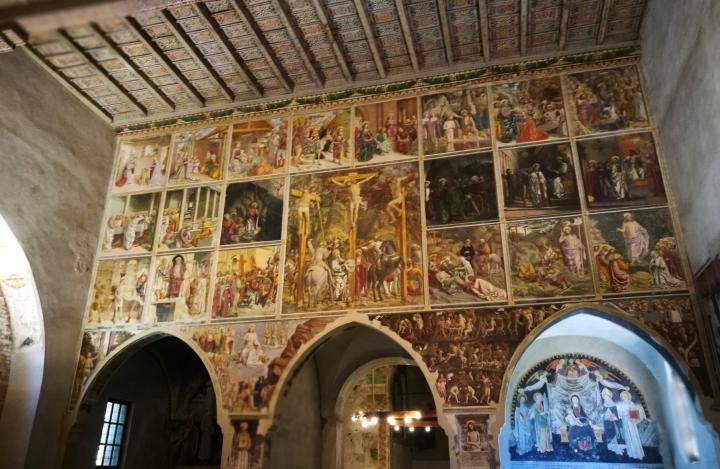
Ivrea: a tale of ambitious dreams, of the first personal computer in the world and of a comic strip drawn almost 500 years ago
I was actually born in Ivrea, the morainic hill of his Amphitheater is my favorite mountain bike playground, the Torta '900 of the Balla pastry shop Is my favourite dessert (almost beating my mum’s cooking), but when, during of a visit with other tour operators organized by Turismo Torino e Provincia, I entered the church of San Bernardino for the first time I was left speechless.
But let's start from the beginning, or in fact, as it is often done in Internet articles, let's start with 3 things you may not know about Ivrea:
1. The ancient name of Ivrea is Eporedia
Ivrea was founded by the Salassi during the 5th century BC, it became a Roman colony, with the name of Eporedia, in 100 BC, almost a century before Aosta, Susa and Turin. Even today, the inhabitants of Ivrea are called 'Eporediesi' (this is a typical question in italian TV quiz shows!)
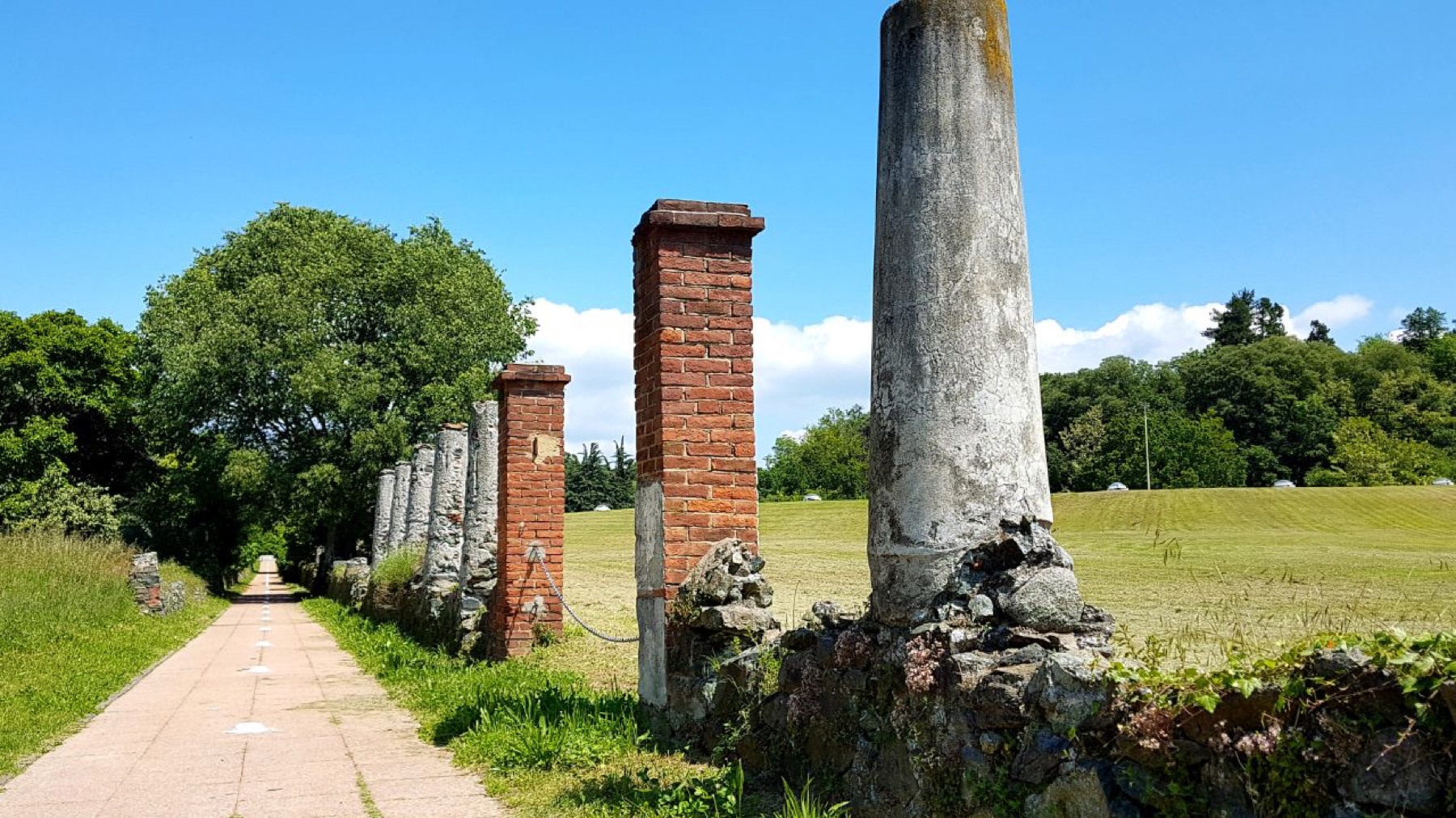
2. The first King of Italy was King Arduino
The first King of Italy (self-proclaimed actually, if we want to be picky) was a certain Arduino, from Ivrea, from 1002 to 1014.
(and if the name Arduino tells you something, it is probably because you are a geek and you know the electronic gizmo of the same name that allows you to program objects, which is called Arduino because it was designed in Ivrea)
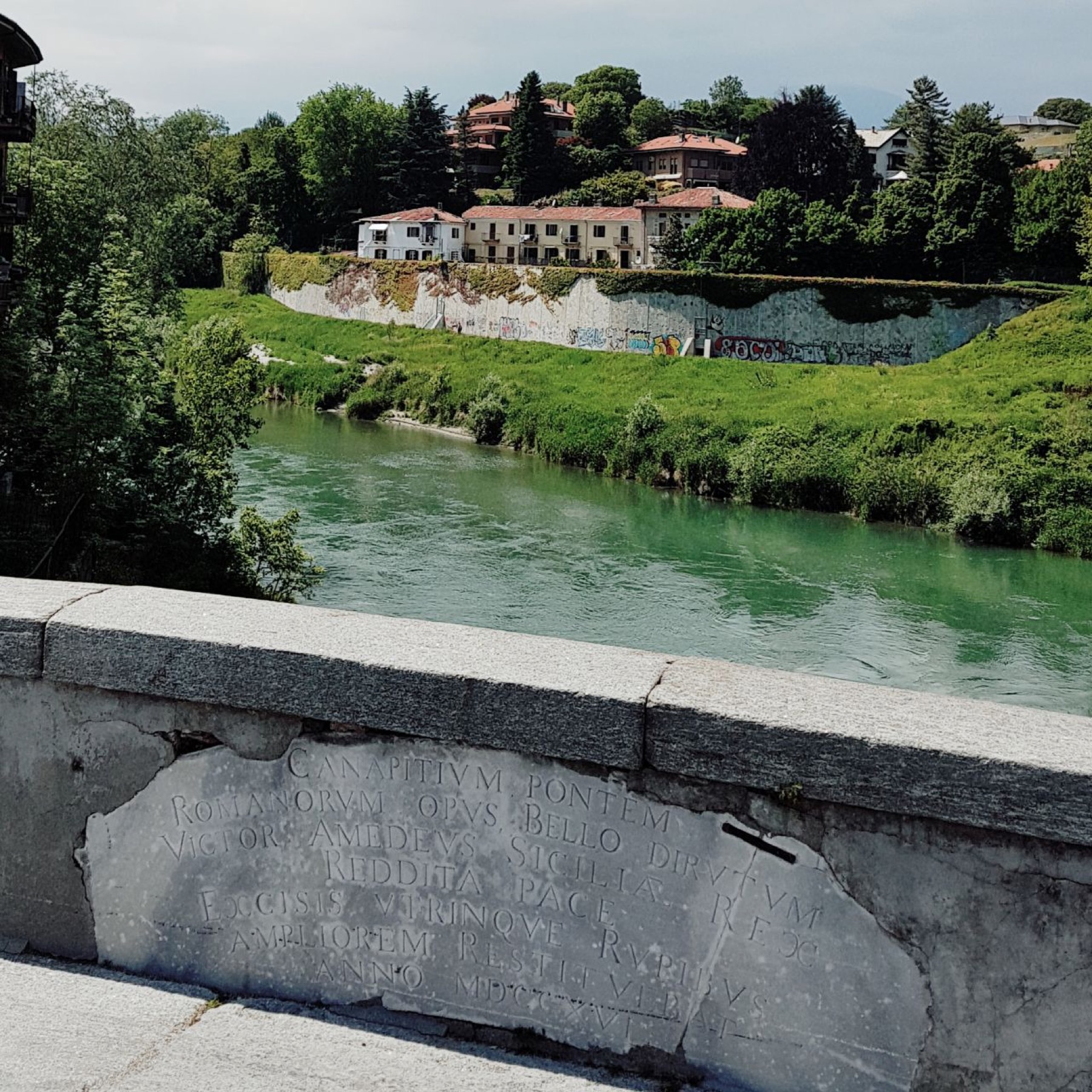
3. Piergiorgio Perotto was there before Bill Gates and Steve Jobs
The first personal computer in the world was invented and built in Ivrea by a team led by Perotto, an engineer who worked for Olivetti, a company that built typewriters and calculators.
15 years before the inventors, the Italian engineers of Olivetti Perotto, De Sandre and Garziera presented the Olivetti Programma 101, or P101, in New York in 1965, which had all the features of a computer but which for the first time it was intended for personal use.
Ivrea and its hidden treasures
As often happens in Italy, if you have time to slow down, stop, look around and listen, you can discover hidden and interesting things. Actually nobody went through the trouble of hiding them, they have always been there, maybe abandoned and forgotten, or even just taken for granted and ignored.
A bit like what happened with Olivetti, which was born, less than a century ago, it grew and then disappeared, leaving a "twentieth century industrial city" to Ivrea and the Canavese that year last earned the inclusion in the UNESCO World Heritage List.
Today this heritage can be visited, but the best thing is to be able to have it told by the people that lived through the Olivetti period, so it is possible to imagine what the idea-utopia behind it was.
For example, the Museo tecnologic@mente, is worth a careful and unhurried visit, with typewriters, calculators, the first computers, and the stories of people who with their intuitions and inventions have changed our way of communicating (and living ).
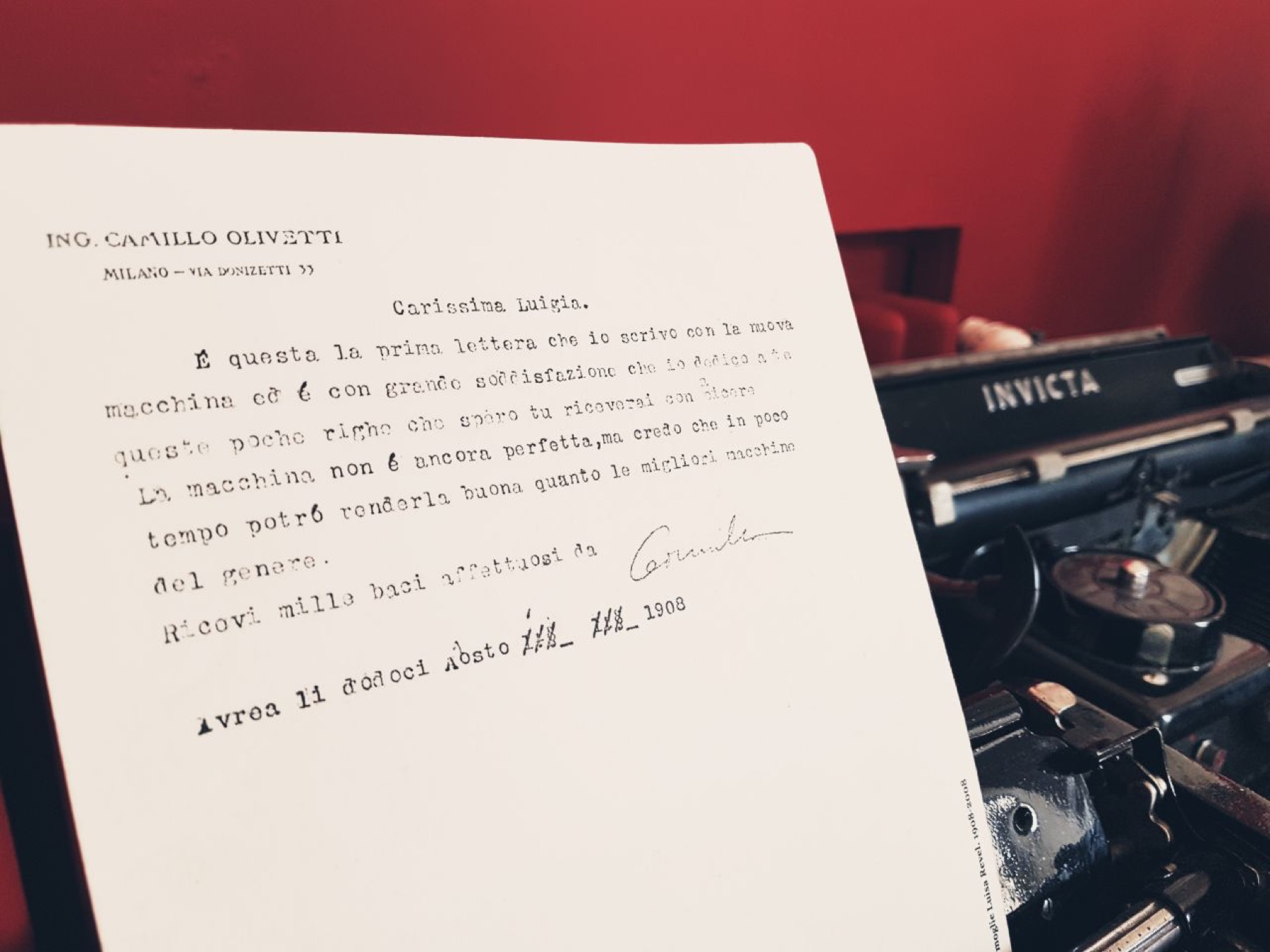
The Church of San Bernardino: the life of Jesus' as a “comic strip”
And in the midst of all this discovery, others, even stranger and less well known are made. One of the most interesting (at least for me) was the church of San Bernardino, which is located "inside" the buildings and factories of Via Jervis.
This church, part of a convent built in what at the time was countryside, also transformed over the centuries, abandoned, and then rediscovered, holds a truly incredible fresco.
The life of Jesus 'as a comic strip’, in 21 frescoed plates (plus a few "bonus" tables), painted here more than 500 years ago.
With some "goodies" like the boxes 2-3 (and maybe even 4) and 9-10 in which the scene seems to "continue" in those next to it.
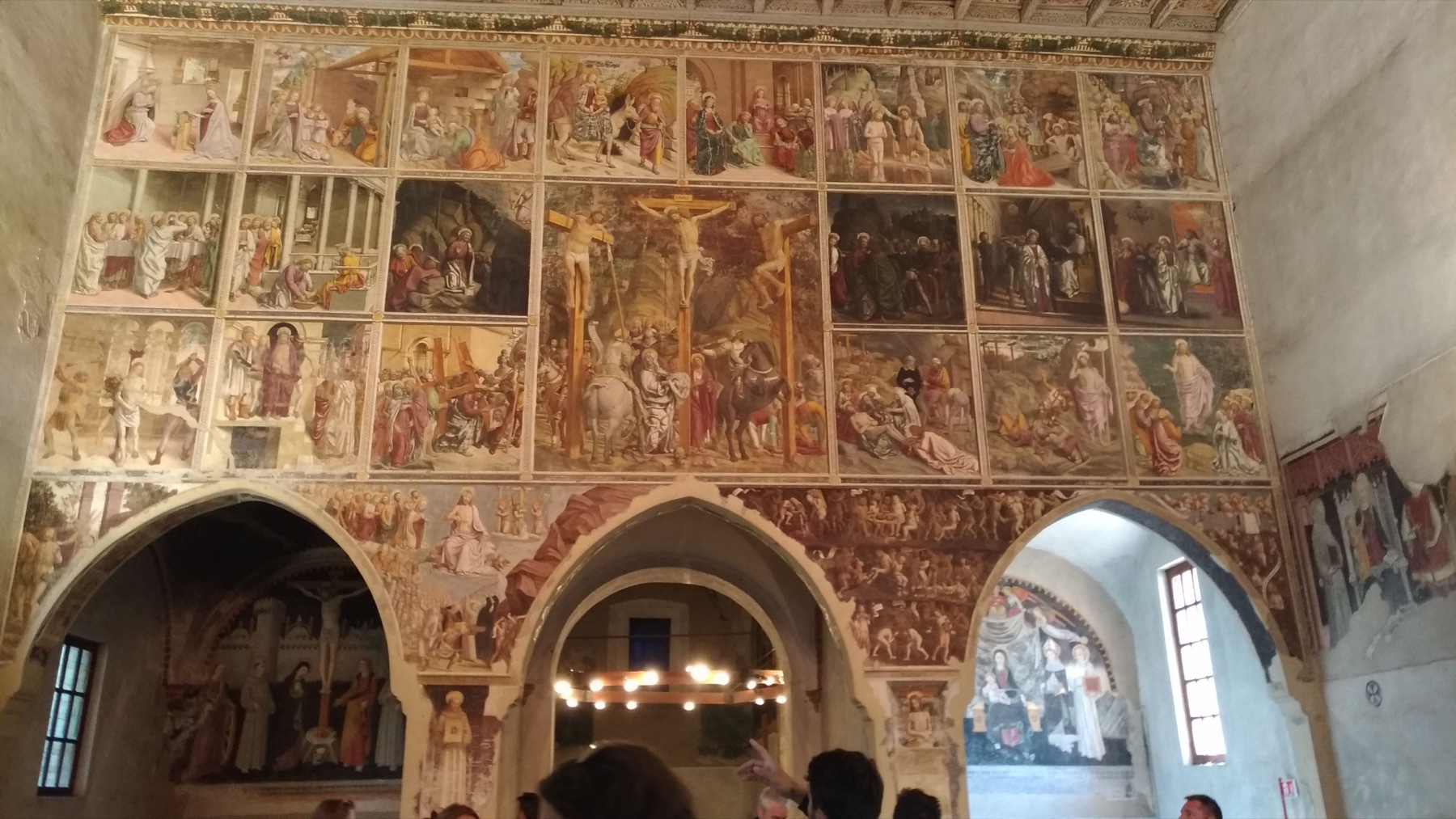
A territory to discover
With these premises I can only advise you to come and spend a few days in Ivrea, and a week in the Canavese area. So we will also take you to discover the largest Morainic Amphitheater in Europe, the Erbaluce wine and its Passito, and the pastas of the grandmothers of Villareggia.